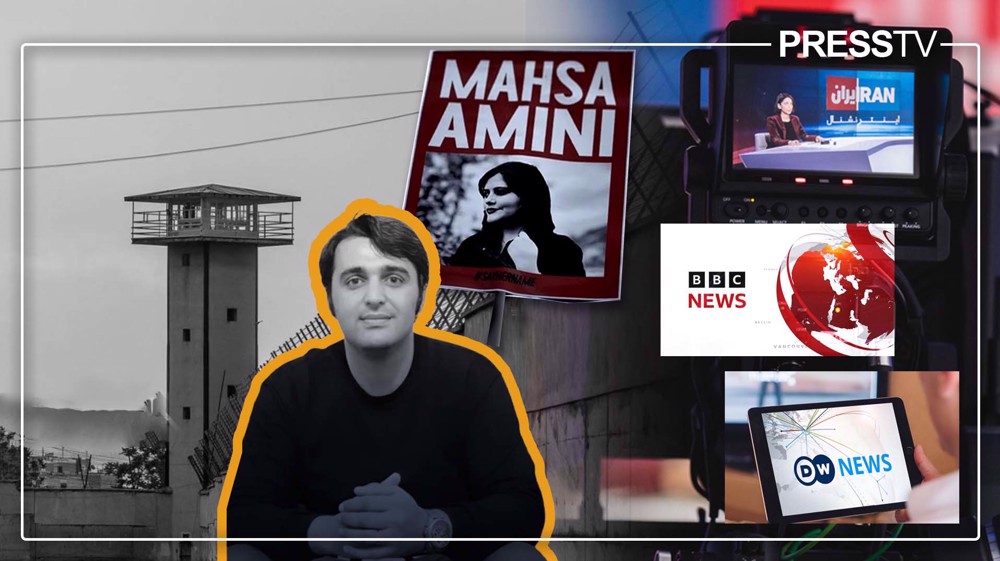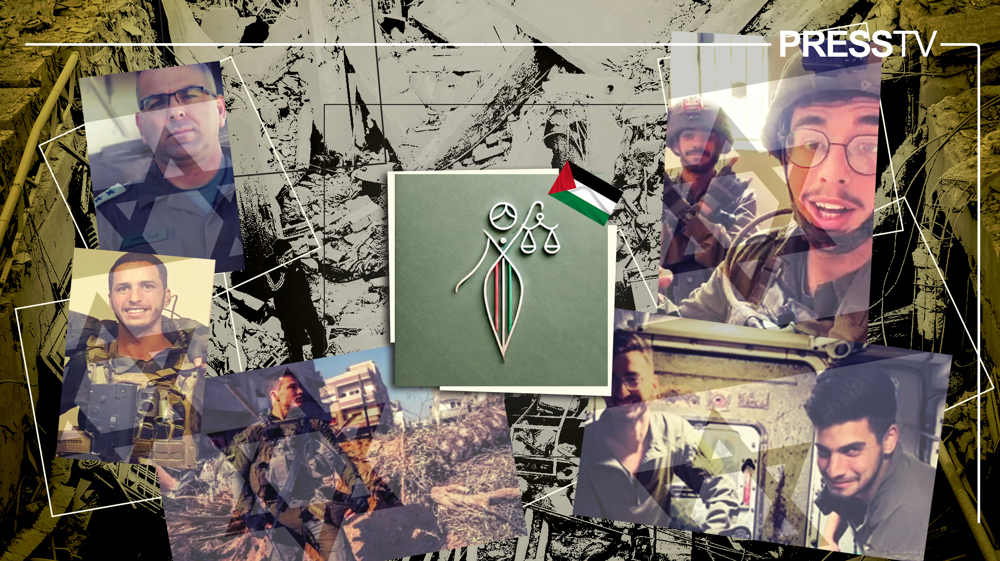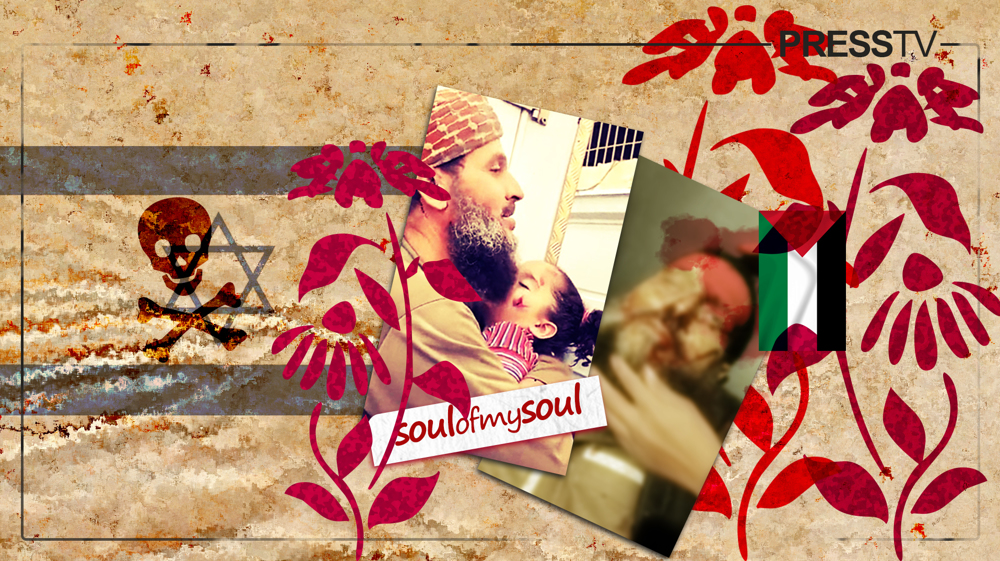Western media spreading lies over death of Javad Rouhi to resurrect Iran riots
By Yousef Ramezani
On August 31, the Iranian prison authorities reported that prisoner Javad Rouhi, who was sentenced to death for committing serious crimes in last year’s riots across Iran, died in hospital early in the day after suffering a seizure in the Nowshahr Prison.
In a statement only hours after Rouhi’s death, the Nowshahr Prison authorities announced that the city’s chief prosecutor ordered the questioning of other inmates over his death, inspection of prison surveillance cameras, and forensic examination of his body to determine and publicize the cause of his death.
What was Javad Rouhi sentenced for?
Javad Rouhi was a 35-year-old man from the northern city of Amol in Mazandaran province, who participated in violent Western-backed riots last year that took human lives and caused massive material damage across the country.
According to personal testimony, Rouhi came to Amol from Nowshahr a few days before the outbreak of riots in the city.
On December 11 last year, he was among a crowd approaching Azadi Square, where a woman present at the scene gave him a copy of the Holy Qur’an, and he threw it into the fire and burned it.
Then, together with several miscreants, he participated in breaking into, smashing and setting fire to a traffic police station.
The Chief of Justice of Mazandaran province said that the police investigation established that Rouhi was one of the ringleaders of the mob that destroyed government, military, bank and municipal buildings, during which five people were killed.
During his trial, Rouhi defended himself by claiming that he was on drugs and pills during the riot, but the investigation established that he was sane at the time of the crimes and was therefore sentenced to death by the court in Sari, the provincial capital of Mazandaran.
Rouhi and his lawyer appealed the verdict and an appeal court overturned it, while he remained in custody awaiting a new verdict.
How did he die?
According to a report from the public relations office of the city prison in Nowshahr, also a city in Mazandaran province, Javad Rouhi suffered a seizure at 3:45 a.m. on August 31 and was transferred to emergency care.
Despite all the efforts of the medical staff of the Shahid Beheshti Hospital in Nowshahr, the report continues, the prisoner died in a hospital bed.
Hours later, the prosecutor of Nowshahr, along with the investigator, ordered the questioning of the inmates about Rouhi and the details of when they were in prison together.
By court order, the prison surveillance cameras were also inspected, as well as the deceased’s private belongings, including notes and medications.
The body of the deceased was sent for forensic examination and toxicology tests to investigate the cause of his death.
Mohammad Reza Ebrahimi, the Nowshahr prosecutor, said that the results of the autopsy should be made public as soon as they are completed.
How was his health?
The prison’s health department revealed additional details about the fateful night, stating that Rouhi approached the prison doctor on his own and complained of health problems, and after consultation, he received diclofenac and cold pills.
The prison doctor also gave him oxygen therapy for 15 minutes (from 20:00 to 20:15) and instructed the other prisoners to alert the health department if Rouhi’s condition worsened.
At 3:30 in the morning, the doctor was informed that Rouhi’s condition had worsened, which is why he was first moved to the prison health department, where a seizure was recognized.
Specialized medical and therapeutic procedures were performed on the patient and then he was transferred to the city hospital where he died soon afterward.
The prison’s health department also revealed that Rouhi had a history of methadone use, prescribed by a doctor due to his drug addiction, and that he had been trying to reduce the dose in recent months.
Before his arrest, Rouhi was hospitalized several times due to seizures and tramadol poisoning, and on one occasion he attempted suicide in the hospital.
What do anti-Iran media claim?
Almost immediately after the news of the death of Javad Rouhi was published in the Iranian media, the anti-Islamic Revolution media began to launch a misinformation campaign on the case, hoping to incite popular discontent and riots similar to last year’s, which erupted after the tragic death of Mahsa Amini on September 16, 2022, after she collapsed in a police station in the capital Tehran.
The irrational lies surrounding his case include – but are not limited to – claims that he was convicted for “peacefully protesting and dancing,” that he “confessed to the crimes under duress”, and that he was finally “killed in prison.”
The claims contradict the police investigation, the evidence, and his personal testimony in which he admits his role in the violent riots, as well as his defense which was only trying to minimize his role and plead insanity due to drug and medication use.
Furthermore, such unreasonable claims contradict the fact that peaceful protesters were not arrested during the riots, and that even thousands of rioters with minor crimes were amnestied by Leader of the Islamic Revolution Ayatollah Seyyed Ali Khamenei in February.
Rouhi was not included in this general amnesty because it did not apply to serious crimes such as espionage for outsiders, direct links with the foreign spy services, murder or intentional injuries, and vandalism or arson attacks on governmental, military and public sites.
The alleged motives for the government to “murder” someone who had already been imprisoned, sentenced to death, and then had his sentence overturned sound illogical, to say the least.
Furthermore, the lies about his “long-term torture” are refuted by surveillance camera footage published by the Mizan news agency, affiliated with the Iranian Judiciary.
On Wednesday, just one day before the fateful evening, the cameras recorded the visit of Rouhi’s parents and uncle to the prison, and he did not complain to the family about any injuries or similar issues either on the phone or at the meeting.
The videos also refute misinformation that he was not allowed contact with his parents or close family, and Iranian officials have also denied lies that he had a night funeral due to alleged fears of gatherings and protests.
The anti-Iran media also circulated a photo of Rouhi in the hospital bed, claiming that it shows his dying state. However, the Mizan news agency refuted this claim as well by publishing documents showing that the photo was taken during his earlier hospitalization in September 2021.
Yousef Ramezani is a Tehran-based strategic affairs and security analyst.
Eight Palestinians killed as Israel attacks Gaza school, hospitals
VIDEO | Rome, Milan host new protests in solidarity with Palestinians
Dec. 21: ‘Axis of Resistance’ operations against Israeli occupation
Spain jurists demand ties with Israel ties be cut
VIDEO | Press TV's news headlines
VIDEO | Iran honors top Science Olympiad medalists
VIDEO | Austrians arrested at Gaza protest in Vienna
10 killed in bus crash in western Iran










 This makes it easy to access the Press TV website
This makes it easy to access the Press TV website